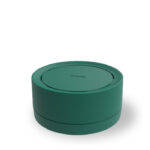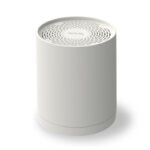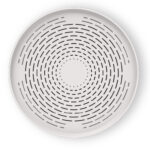When airing the house pollutes the air we breathe
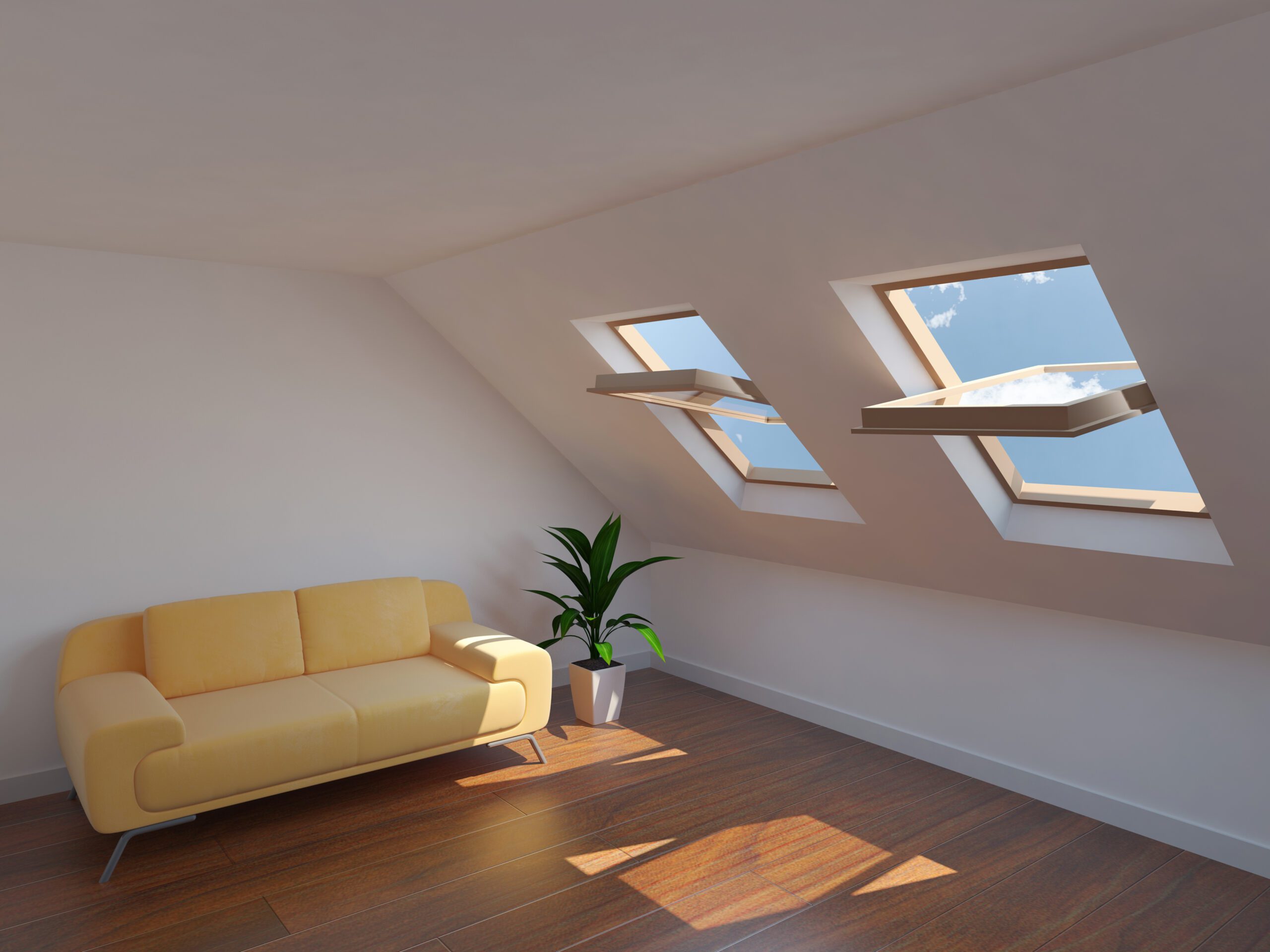
What happens when outside air meets inside air

A study carried out by American researchers highlights the fact that, in high climatic conditions (very high or excessively cold temperatures), the air we let into our homes from the outside causes a chemical reaction that is very dangerous for our health. Until now we have always believed that opening windows was a good habit but we should take a step back if we want to protect our well-being. When we open the windows our intent is to let out the unhealthy air to exchange it with the “new” air outside. But what could happen is the entry of harmful particles which, joining the indoor air, form a risky agglomeration for the occupants who breathe it.
The study carried out by the Missouri University of Science and Technology

A study on this issue was commissioned by the Environmental Protection Agency (EPA) at the Missouri University of Science and Technology. The project entitled “Exposure to indoor pollutants associated with oxidative chemistry: field studies and behavior when opening windows” analyzes the relationship that may exist between the introduction of external air and the occurrence of chemical reactions. “Having an open window affects the rate of air exchange and the outside air alters the composition of the inside air” – explains Glenn Morrison, professor of environmental engineering who led the research – “When chemicals enter and have a chemical reaction inside the home, a very complex polluting phenomenon is created.”
Humidity and energy expenditure
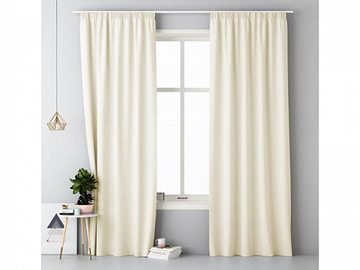
Opening the windows brings wellbeing because in this way we can oxygenate the environments loaded with carbon dioxide and other contaminants and let out any bad smells. But if we ventilate too much, especially with extreme temperatures, the risk is that of finding ourselves in an environment with excessive humidity which, in addition to causing visible damage to the walls and furniture, can cause the proliferation of mold and bacteria that are harmful to our health. Some species of mold can release toxic substances that are harmful to humans, particularly children and the elderly. Furthermore, we also have to deal with the waste of energy which is inevitable when we are in the presence of an enormous temperature change. In summer, if we have the air conditioner on and let in much warmer air than indoors, our system will have to consume much more energy to maintain its temperature. The same thing happens in the winter season when we let cold, stiff air into a warm environment. The flap opening is not the solution: it can limit waste, but it will not eliminate it.
What to do?

Arieggiare correttamente la casa non vuol dire tenere sempre aperte le finestre: questo potrebbe causare inutili dispersioni di energia e la necessità di dover adeguare costantemente il nostro impianto alla temperatura outdoor. L’ideale sarebbe aprire ogni mattina tutte le finestre per 10 minuti per avere un ricambio d’aria senza creare eccessivi sbalzi di temperatura.
Dopo che ci siamo dedicati ad alcune delle attività domestiche come la cottura di cibi oppure dopo aver fatto la doccia, se vogliamo evitare che l’umidità si trasmetta anche negli ambienti adiacenti è meglio non aprire la porta che si affaccia sulle altre stanze, ma aprire, se possibile, le finestre esterne per qualche minuto.
Primo passo: monitorare il valore dell’umidità e della temperatura

To ensure a constant climate and good air quality, humidity should be maintained between 40% and 60%. Too high a humidity level becomes dangerous because the latter settles on the walls, creating mold spores which can cause, in the long term, respiratory infections, allergic reactions and asthma attacks. Humidity and temperature go hand in hand, which is why we must not forget to always keep both parameters under control. As the temperature increases, humidity also increases and consequently the release of chemical substances into the air increases. Maintaining the right temperature in environments ensures health protection and contributes to the reduction of environmental pollution. In a lifestyle that sees the concept of eco-sustainability more and more closely, it is necessary to also pay attention to the temperatures in domestic and working spaces. However, monitoring humidity and temperature is not enough to make sure we breathe healthy air because we also have to deal with the pollutants that lurk within the home.
Indoor contaminants present in our homes

Radon gas
Radon is the most dangerous indoor contaminant. It is a radioactive noble gas of natural origin that is generated spontaneously and in small quantities in the subsoil and in rocks and then spreads into the atmosphere. When it disperses, it can enter buildings, posing serious risks for the occupants who breathe it. In fact, inhaling Radon gas in indoor environments can trigger genetic mutations that sometimes degenerate into tumors and leukemia. Like all noble gases, it is colorless and odorless, therefore difficult to detect. It has been classified as a grade 1 human carcinogen (the highest level) by the World Health Organization. The radon concentration is not constant but varies over time because it is influenced by other environmental factors; it changes from day to night, based on the seasons and in relation to humidity. This is why it is important to measure and control it constantly.
Fine dust
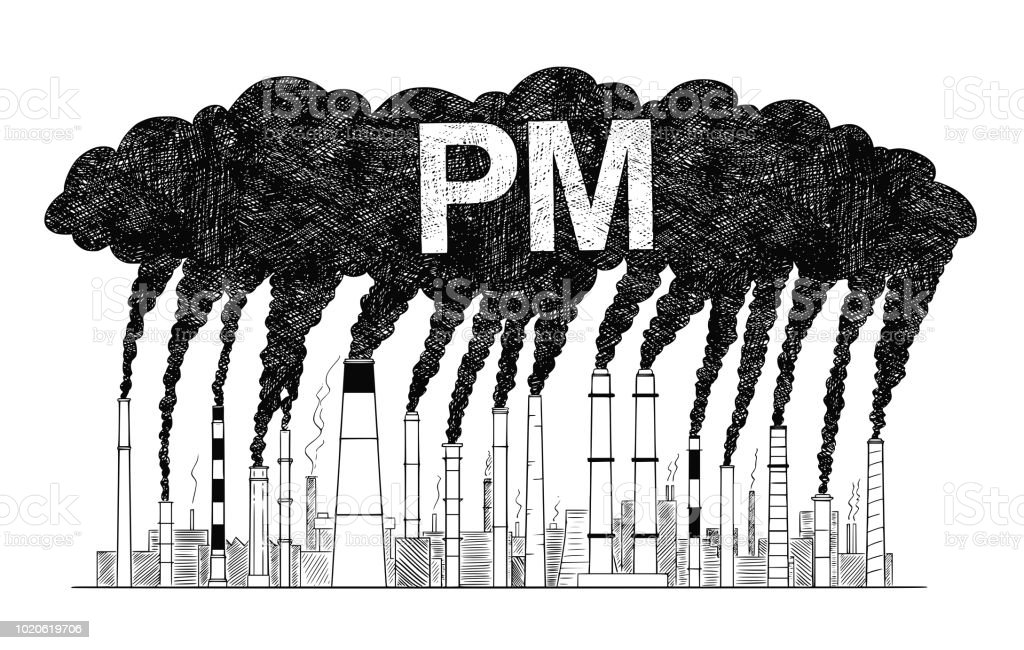
Fine particles are so fine that they can remain suspended and be breathed in without us realizing it. By dispersing in the air, they are able to absorb toxic gases and vapors, increasing the concentrations of polluting gases that reach the lung areas transported by PM10 and PM2.5 particles. By binding to the radon gas present in the air they create a combination that increases its danger exponentially. International scientific studies have highlighted that fine particles can facilitate the transmission of viruses, accelerating viral epidemics.
Volatile Organic Components VOCs

They are one of the main causes of indoor pollution. These are chemical compounds capable of volatilizing, that is, easily evaporating into the air. There are many sources of VOC pollution in indoor environments: cosmetic products, heating devices, cleaning materials, cigarette smoke, etc. It is important to pay attention to these pollutants because they affect human health negatively when we breathe them. This risk can be prevented by monitoring indoor air.
Carbon dioxide
CO2 (carbon dioxide or carbon dioxide) is an odorless and colorless gas present in the atmosphere in limited concentrations. In addition to being a gas responsible for global warming, it is a gas that also affects problems relating to air quality in closed spaces. As CO2 levels increase in an enclosed space, the cognitive abilities of people who work or live in such environments decrease. Increased levels of CO2 in the environment can cause damage to the respiratory tract. This is why it is important to ensure that the air we breathe in indoor spaces is free of VOCs and CO2.

